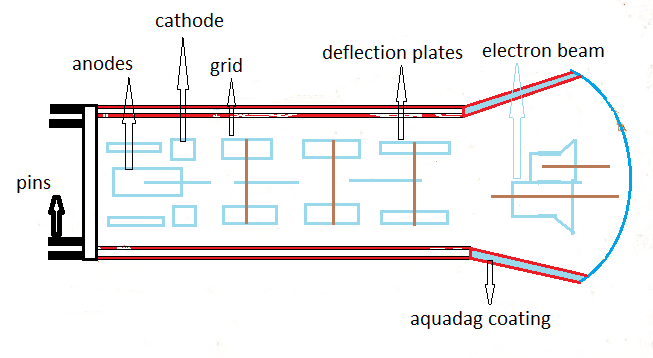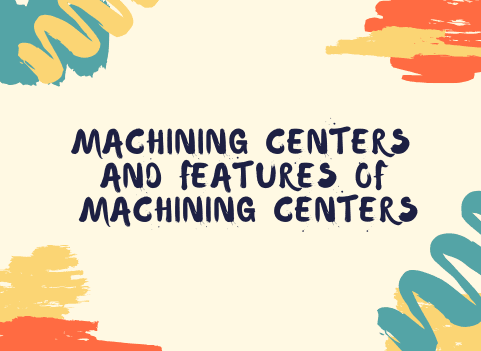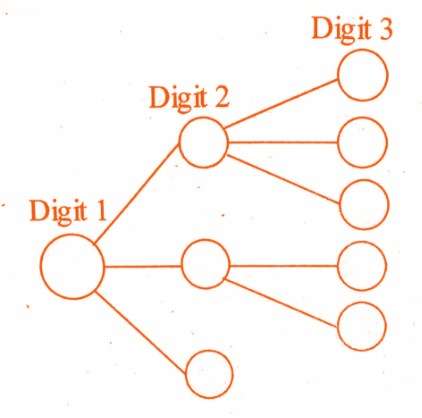CAD/CAM/CIM technologies are a set of advanced computer-based tools and technologies that are used to design, manufacture, and manage products efficiently. CAD stands for Computer-Aided Design, CAM stands for Computer-Aided Manufacturing, and CIM stands for Computer-Integrated Manufacturing. These three technologies are interconnected and have become an integral part of modern manufacturing processes.
CAD Technology
CAD technology is the use of computers to create, modify, and optimize designs. CAD software tools are used to create 2D and 3D models of parts, assemblies, and products. The primary goal of CAD is to improve the efficiency and accuracy of the design process. CAD technology has revolutionized the way products are designed, allowing designers to create detailed and accurate designs in less time and with greater accuracy. CAD technology is used in a wide range of industries, including aerospace, automotive, electronics, and architecture.
Some popular CAD software tools include:
- SolidWorks: SolidWorks is a powerful 3D CAD software tool that allows users to create, modify, and optimize designs. It is widely used in the mechanical engineering and product design industries.
- AutoCAD: AutoCAD is a widely-used 2D CAD software tool that allows users to create technical drawings, schematics, and blueprints. It is commonly used for architectural, mechanical, and electrical design.
- CATIA: CATIA is a 3D CAD software tool that is widely used in the aerospace and automotive industries. It offers advanced modeling and simulation capabilities, as well as integrated product data management and collaboration tools.
CAM Technology
CAM technology is the use of computers to control and optimize manufacturing processes. CAM software tools are used to generate tool paths, create CNC programs, and simulate manufacturing processes. The primary goal of CAM is to improve the efficiency and accuracy of the manufacturing process. CAM technology has revolutionized the way products are manufactured, allowing manufacturers to produce complex parts with greater accuracy and efficiency.
Some popular CAM software tools include:
- Mastercam: Mastercam is a powerful CAM software tool that allows users to generate tool paths and create CNC programs for a wide range of applications, including milling, turning, and wire EDM.
- Siemens NX CAM: Siemens NX CAM is a comprehensive CAM software tool that offers advanced programming and simulation capabilities for a wide range of applications, including milling, turning, and multi-axis machining.
- Autodesk PowerMill: Autodesk PowerMill is a powerful CAM software tool that allows users to generate tool paths and create CNC programs for a wide range of applications, including milling, turning, and EDM.
CIM Technology
CIM technology is the integration of CAD and CAM technologies with other manufacturing processes, such as inventory management, quality control, and supply chain management. The primary goal of CIM is to improve the overall efficiency and productivity of the manufacturing process. CIM technology has revolutionized the way products are designed, manufactured, and managed, allowing manufacturers to produce products more efficiently and at a lower cost.
Some popular CIM software tools include:
- SAP: SAP is a comprehensive enterprise resource planning (ERP) software tool that allows manufacturers to manage their entire business operations, including supply chain management, inventory management, and quality control.
- Oracle: Oracle is a powerful enterprise resource planning (ERP) software tool that offers advanced supply chain management, inventory management, and quality control capabilities.
- Microsoft Dynamics: Microsoft Dynamics is a comprehensive business management software tool that offers advanced supply chain management, inventory management, and quality control capabilities.
CAD/CAM/CIM technologies have revolutionized the way products are designed, manufactured, and managed. These technologies have improved the overall efficiency and productivity of the manufacturing process, allowing manufacturers to produce products more efficiently and at a lower cost. The use of CAD/CAM/CIM technologies has become an integral part of modern manufacturing processes, and it is essential for mechanical engineers to have a good understanding of these technologies.
CAD technology allows engineers to create detailed and accurate designs in less time and with greater accuracy. This is achieved through the use of 2D and 3D modeling tools that enable engineers to visualize and manipulate designs easily. CAM technology, on the other hand, focuses on the manufacturing process. It allows engineers to generate tool paths and create CNC programs that control the manufacturing process. This results in greater efficiency, accuracy, and consistency in the manufacturing process.
CIM technology integrates CAD and CAM technologies with other manufacturing processes, such as inventory management, quality control, and supply chain management. This integration improves the overall efficiency and productivity of the manufacturing process by reducing the time and cost required to produce products.
The use of CAD/CAM/CIM technologies has become essential for modern mechanical engineers. It enables them to design products with greater accuracy, manufacture them more efficiently, and manage the production process more effectively. The integration of these technologies has also enabled engineers to develop more complex products and systems, which would have been impossible to design and manufacture manually.
Some of the benefits of using CAD/CAM/CIM technologies in the manufacturing process include:
- Increased efficiency: CAD/CAM/CIM technologies enable manufacturers to produce products more efficiently, reducing the time and cost required to manufacture them.
- Improved accuracy: These technologies allow engineers to create accurate designs and CNC programs, resulting in greater accuracy in the manufacturing process.
- Enhanced quality: The use of CAD/CAM/CIM technologies reduces the risk of errors in the manufacturing process, resulting in higher quality products.
- Greater flexibility: These technologies enable manufacturers to produce a wide range of products and customize them to meet the needs of their customers.
- Improved collaboration: The integration of these technologies enables engineers to collaborate more effectively, reducing the time and cost required to design and manufacture products.
In conclusion, CAD/CAM/CIM technologies have transformed the manufacturing industry, enabling engineers to design, manufacture, and manage products more efficiently and effectively. These technologies have become essential for modern mechanical engineers, and it is essential for them to have a good understanding of these technologies to succeed in their careers.




